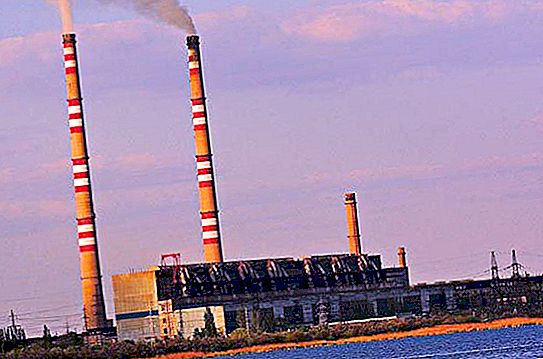The Ukrainian energy sector includes electricity generating enterprises of all possible types - TPPs, hydroelectric power stations, and nuclear power plants. The stability of the first type of work is greatly affected by the current economic situation, the deterioration of which is due to a reduction in coal supplies from the Donbass.
Definition of TPP
So, TPP is a power plant, the power units of which first convert the chemical energy of the burned hydrocarbon fuel (coal, gas, fuel oil) into the thermal energy of water vapor, then into the mechanical energy of the rotors of the drive turbines and synchronous generators, and, finally, into the electrical energy generated through windings of stators of generators in an electric network.
Thermal power plants can be either large energy enterprises with a capacity of several thousand mW, or relatively small objects with a capacity of several hundred kW to several mW.
Since their work is always accompanied by the burning of hydrocarbon fuels with the emission of a large volume of flue gases into the atmosphere, TPPs are a serious factor in environmental pollution. Therefore, the work of these enterprises is always under the scrutiny of both the state environmental control services and the public.
TPP classification
It is carried out according to the design principle of their energy units. There are several types of them.
1. Boiler-turbine TPPs are an electric power station with an obligatory stage of water vapor production. Their power units include steam boilers and steam turbines. Among them are:
• Condensation ES (IES). In the Soviet period, they were called state district power plants (GRES). They only produce electricity.
• Cogeneration plants (CHP). These enterprises, in contrast to IES, in addition to generating electricity, also have an additional function of producing steam and hot water for heating needs.
2. Gas turbine power plants. There are no steam boilers in their power units, and gas driven gas turbines rotate with the energy of hot flue gases generated during the combustion of fuel (natural gas, diesel fuel).
3. Combined-cycle power plants are an analogue of a combined heat and power plant, in which steam is produced due to the residual heat of the flue gases discharged from gas turbines.
4. Diesel engines.
5. Combined ES.
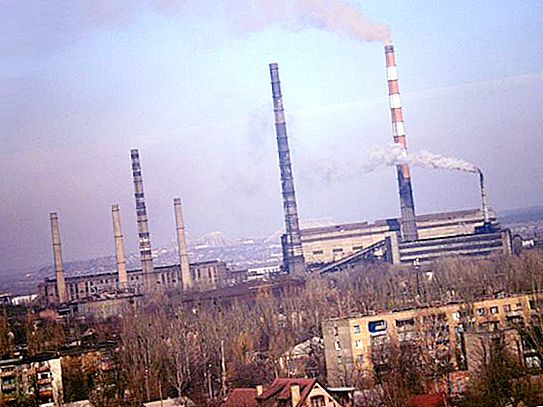
General characteristics of the energy sector of Ukraine
The country has four nuclear power plants, a cascade of five powerful hydroelectric power stations on the Dnieper, the Dniester PSPP, a number of hydroelectric power stations on the rivers of Transcarpathia, as well as about fifty thermal power plants and thermal power plants of various capacities - from 20 MW (Lviv CHPP-1) to 3600 MW, which the largest TPP has - Zaporizhzhya. Uglegorskaya TPP has the same capacity, but it is located near the confrontation line in the Donbass and operates with an incomplete load.
In Ukraine, the United Energy System (OES) was created, which includes fourteen TPPs, four nuclear power plants, seven hydroelectric power stations, three hydroelectric power stations, as well as ninety-seven thermal power stations, small hydroelectric power stations, wind power plants, solar power plants, etc. The installed capacity of electric power plants of the Ukrainian energy system is 53.78 million kW. In 2012, they generated 198.119 billion kWh of electricity.
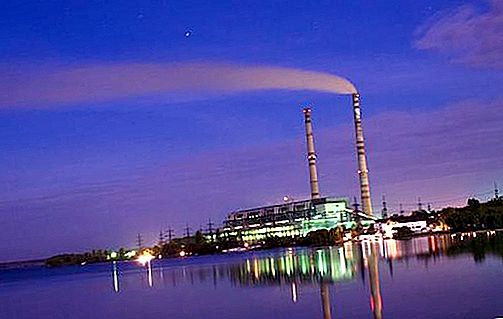
At the same time, nuclear power plants provide stable power to the network regardless of the time of day, and Ukrainian thermal power plants, along with its hydroelectric power stations, working with variable power, cover daily peak loads.
The main energy generating companies
Centralized electricity production in the UES of Ukraine is carried out by electric power plants, which are part of seven energy generating enterprises. Of these, four companies with a total installed capacity of 18.2 million kW - Kyivenergo, Dneproenergo, Zakhidenergo, Vostokenergo - are part of the Donetsk Fuel and Energy Company (DTEK), which through its holding System Capital Management controlled by the oligarch Rinat Akhmetov.
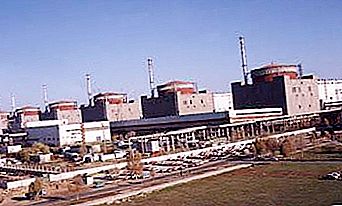
A small Donbassenergo company with an installed capacity of 2.855 million kW is controlled by Energoinvest Holding from Donetsk. Finally, the two remaining companies are under state control. These are Centrenergo with an installed capacity of 7.575 million kW and NJSC Energoatom with an installed capacity of 14.140 million kW.
Problems in the TPP of Ukraine
The main problem is a significant reduction in coal supplies from the Donbass, as well as the lack of funds for its purchase. Coal deficiency is a common problem for all regions and energy generating companies.
June began, and the TPP warehouses are still half empty. In March and April, coal reserves at thermal power plants of Ukraine increased from 750 to 850 thousand tons. And to accumulate at the beginning of the heating season you need at least 3 million tons, and even better - 4 million tons of coal.
If the warehouses are filled as slowly, then by winter they will accumulate no more than 1.3–1.5 million tons of coal. With the same scanty reserves last winter, it was necessary to introduce the practice of rolling blackouts, and the country's ECO did not fall apart only thanks to Russian coal and electricity.
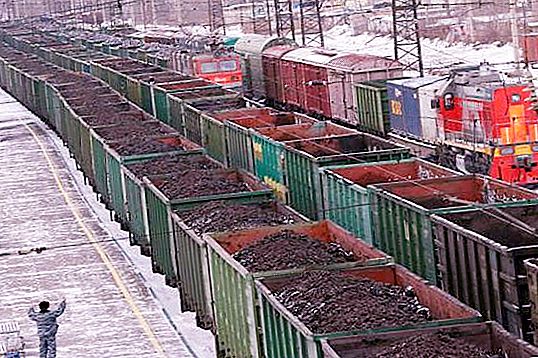
However, last winter was quite warm. If the cold is more serious, and coal remains as little, then the problems will begin much earlier and will affect citizens and enterprises (which still continue to hold) more significantly.
In summer, TPPs are forced to work at incomplete capacity, so that its deficit in the ECO reaches 3 million kW. According to the experience of last year, already at the beginning of winter it can increase to 6 million kW, and then provided that severe frosts do not rage.
